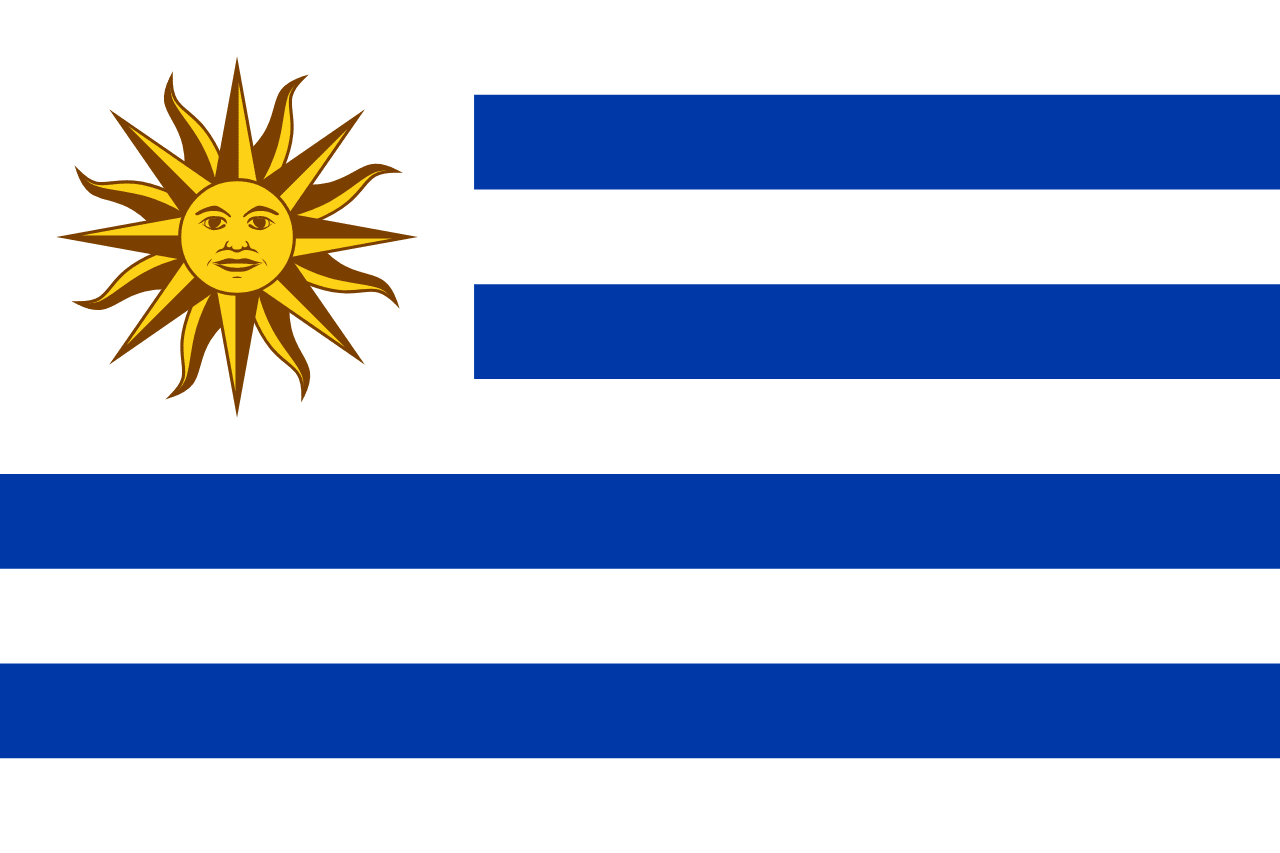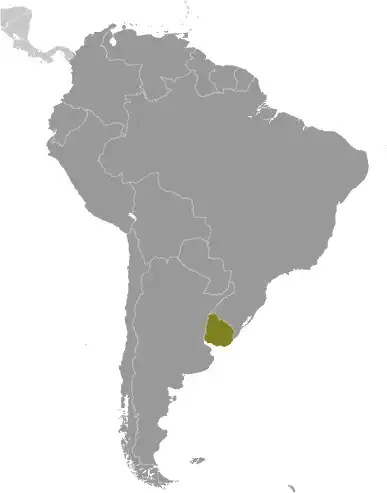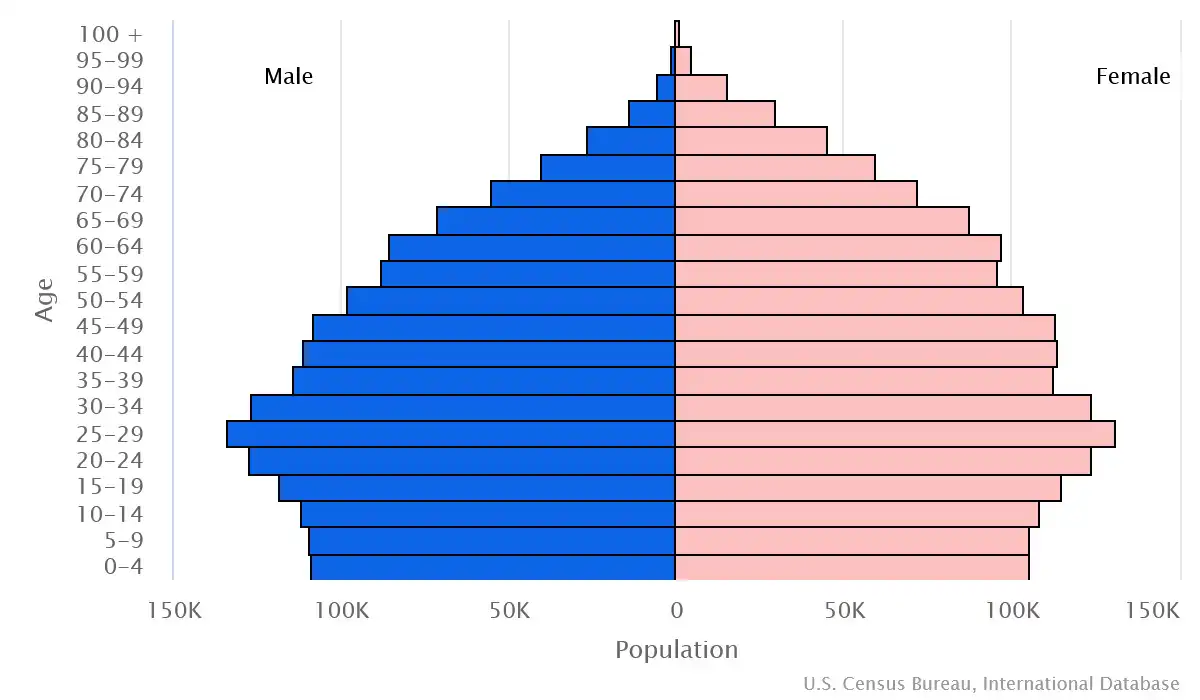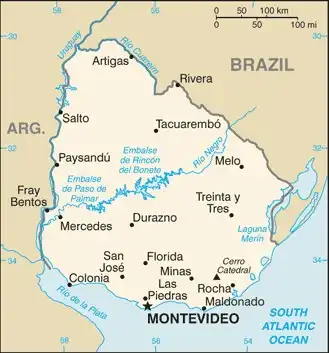
Uruguay Country Profile
Key Facts of Uruguay

| Government type: | presidential republic |
| Capital: | Montevideo |
| Languages: | Spanish (official, Rioplatense is the most widely spoken dialect) |
Uruguay Demographic Data
Ethnic Groups in Uruguay(2011 est.)
Religious Groups in Uruguay (2023 est.)
Age pyramid of Uruguay

Uruguay Economy Statistics
Economic overview of Uruguay
high-income, export-oriented South American economy; South America’s largest middle class; low socioeconomic inequality; growing homicide rates; growing Chinese and EU relations; 2019 Argentine recession hurt; key milk, beef, rice, and wool exporter
Uruguay Real GDP (purchasing power parity) in Billion $
Uruguay Real GDP per capita in $
Uruguay's Exports & Imports in billion $
Top 5 Import Partnerin 2022 (67%) of Uruguay
Top 5 Import Commodities in 2022 of Uruguay
- crude petroleum 🛢️
- fertilizers 💩
- cars 🚗
- packaged medicine 💊
- broadcasting equipment 📡
Top 5 Export Partnerin 2022 (58%) of Uruguay
Top 5 Export Commodities in 2022 of Uruguay
- beef 🥩
- wood pulp 🌲
- soybeans 🫘
- milk 🥛
- rice 🍚
Geography of Uruguay
Map of Uruguay

Land and Water Distrubtion of Uruguay
Natural Resources of Uruguay
- arable land 🌱
- hydropower 💧⚡
- minor minerals 🪙
- fish 🐟
Climate inUruguay
warm temperate; freezing temperatures almost unknown
History of Uruguay - a Summary
The Spanish founded the city of Montevideo in modern-day Uruguay in 1726 as a military stronghold, and it soon became an important commercial center due to its natural harbor. Argentina initially claimed Uruguay, but Brazil annexed the country in 1821. Uruguay declared its independence in 1825 and secured its freedom in 1828 after a three-year struggle. The administrations of President Jose BATLLE in the early 20th century launched widespread political, social, and economic reforms that established a statist tradition. A violent Marxist urban guerrilla movement named the Tupamaros (or Movimiento de Liberación Nacional-Tupamaros) launched in the late 1960s and pushed Uruguay's president to cede control of the government to the military in 1973. By year-end, the rebels had been crushed, but the military continued to expand its hold over the government. Civilian rule was restored in 1985. In 2004, the left-of-center Frente Amplio (FA) Coalition won national elections that effectively ended 170 years of political control by the Colorado and National (Blanco) parties. The left-of-center coalition retained the presidency and control of both chambers of congress until 2019. Uruguay's political and labor conditions are among the freest on the South American continent.
